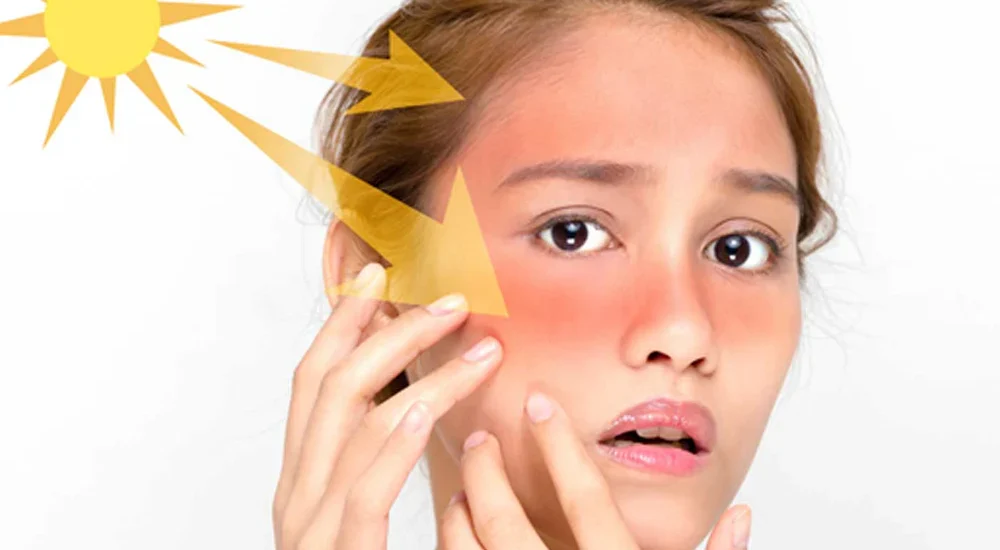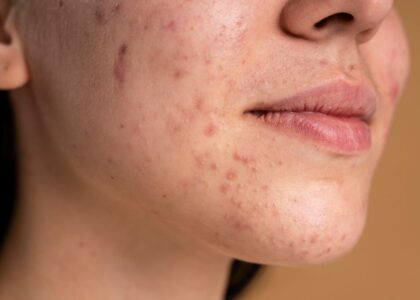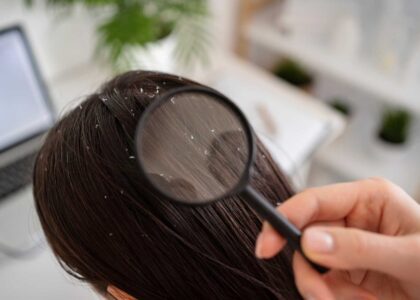With the arrival of summer, many of us eagerly welcome the warm embrace of the sun. While basking in its glow can lift our spirits and provide much-needed Vitamin D, prolonged exposure without precaution can lead to skin tan. It is a condition where the skin darkens due to increased melanin production. Understanding the causes, precautions, and treatment options for skin tan is essential for maintaining healthy and radiant skin throughout the sunny season.
Skin Tan:
Skin tan occurs when the skin is exposed to ultraviolet (UV) radiation from the sun or artificial sources like tanning beds. When exposed to UV rays, the body’s natural defense mechanism kicks in, triggering the production of melanin, a pigment responsible for skin color. Melanin acts as a shield, absorbing UV radiation to protect the deeper layers of the skin from damage. As melanin levels increase, the skin darkens, resulting in a tan.
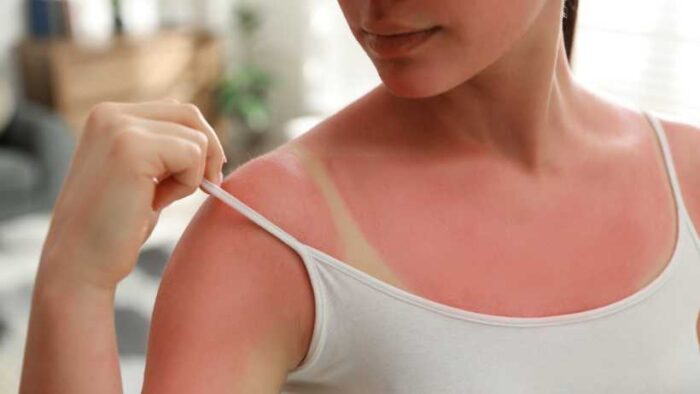
Precautions to Prevent Skin Tan:
While a sun-kissed glow can be appealing, it’s crucial to protect your skin from excessive sun exposure to prevent sunburn and skin tan. Here are some precautions to consider:
1. Sunscreen Shield: Shield your skin with a broad-spectrum sunscreen, choosing one with SPF 30 or higher. Before stepping out, generously apply it to all uncovered areas of your skin at least 15 minutes in advance.
2. Chase Shade: Chase the shade to evade direct sunlight, especially during the peak hours from 10 a.m. to 4 p.m. Whether it’s under the canopy of trees, umbrellas, or the comforting shelter of awnings, seek out shade whenever you’re outdoors to minimize sun exposure.
3. Wear Protective Clothing: Cover up with lightweight, tightly woven clothing that shields your skin from UV rays. Wide-brimmed hats and sunglasses can also provide additional protection for your face and eyes.
4. Avoid Tanning Beds: Artificial tanning beds emit harmful UV radiation, increasing the risk of skin damage and premature aging. Opt for sunless tanning products if you desire a bronzed look without the sun exposure.
5. Stay Hydrated: Drink plenty of water to keep your skin hydrated and healthy, especially during hot weather when dehydration is more likely.
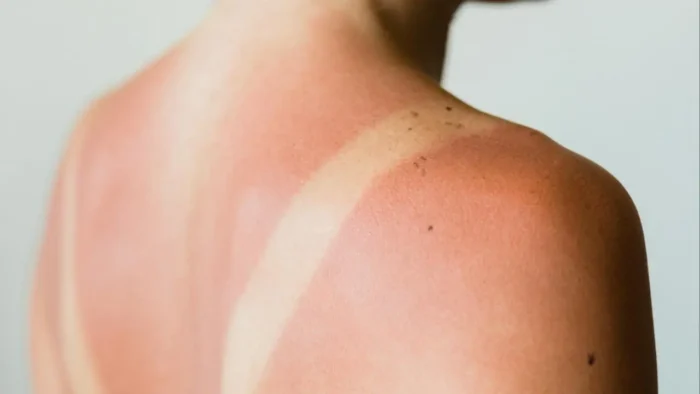
Treatment Options for Skin Tan:
If you find yourself with a tan despite your best efforts to protect your skin, there are several treatment options available to help fade it and restore your natural skin tone:
1. Hydration: Keep your skin moisturized with a gentle, hydrating lotion or cream to promote healing and prevent further damage.
2. Exfoliation: Regular exfoliation can help remove dead skin cells and promote cell turnover, reducing the appearance of tan lines and uneven skin tone.
3. Topical Treatments: Over-the-counter creams or serums containing ingredients like retinoids, alpha hydroxy acids (AHAs), or vitamin C may help lighten dark spots and even out skin tone over time.
4. Professional Treatments: For stubborn or persistent tans, consider consulting a dermatologist for professional treatments such as chemical peels, microdermabrasion, or laser therapy, which can target and reduce pigmentation more effectively.
Conclusion:
While a sun tan may seem like a harmless byproduct of enjoying the great outdoors. it’s essential to prioritize sun safety to protect your skin from damage and premature aging. By taking precautions like wearing sunscreen, seeking shade, and staying hydrated, you can enjoy the sun responsibly while minimizing the risk of skin tan and other sun-related concerns. If you do develop a tan, remember that there are treatment options available to help fade it and restore your skin’s natural radiance. Embrace the sun safely, and let your skin glow with health and vitality all summer long.

